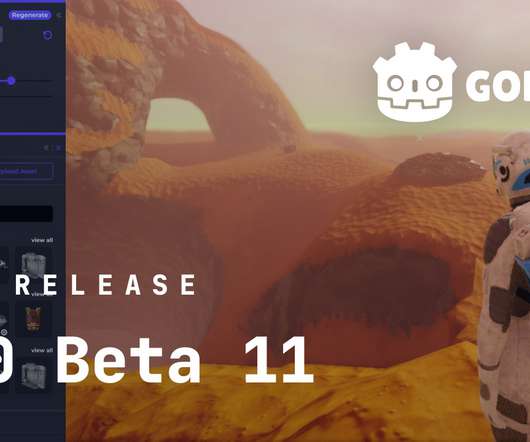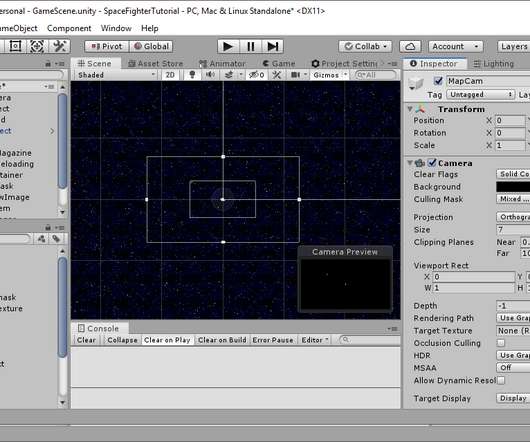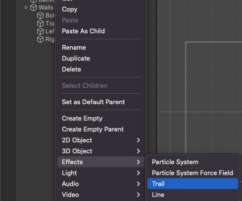Dev snapshot: Godot 4.0 beta 11
Mircosoft Game Dev
JANUARY 10, 2023
This beta includes a few big changes which may interest a lot of users: Animated sprites, both 2D and 3D, now support options for more precise timing of individual frames ( GH-65609 ). The illustration picture for this article is from The Mirror , an upcoming all-in-one game and game development platform currently in Closed Alpha.














Let's personalize your content